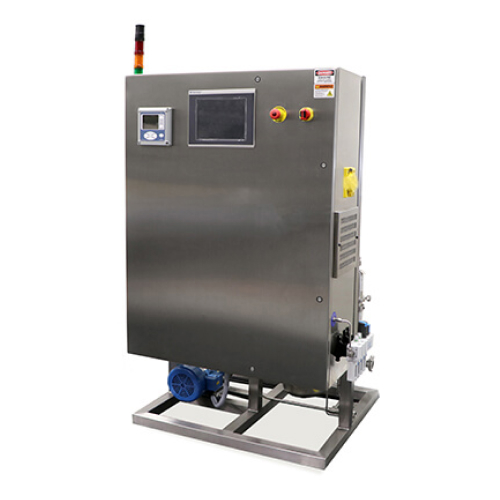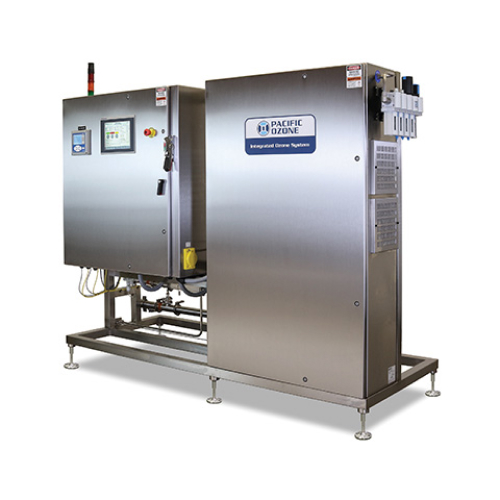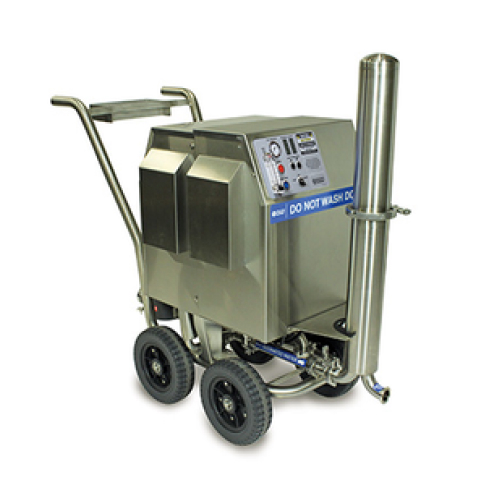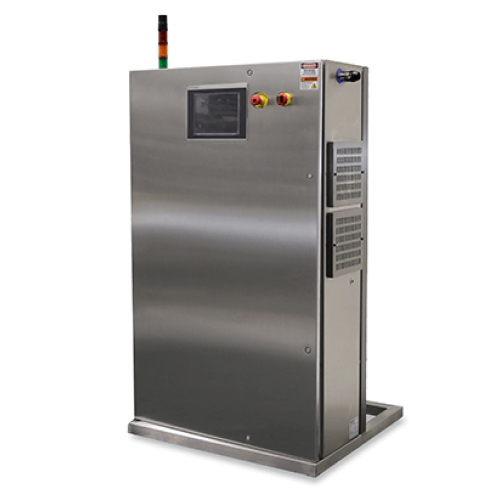Recent Posts
Use of ozone as a sanitizer for washing fruits and vegetables. New technologies
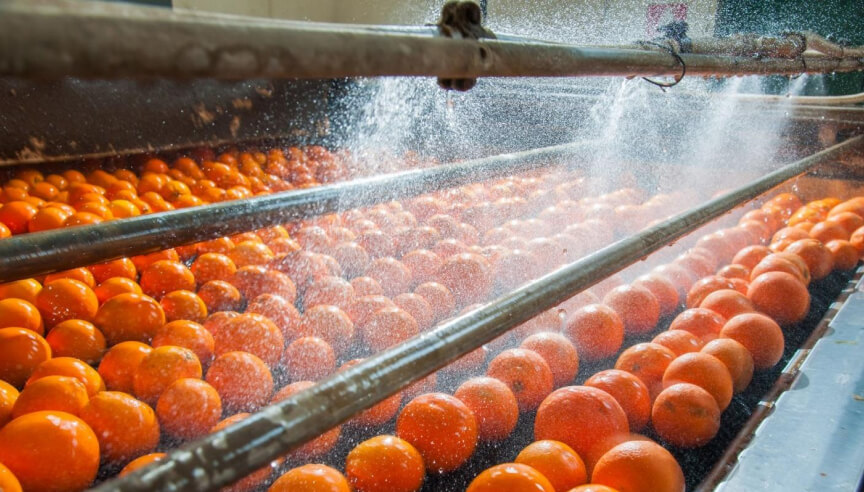
Qualitative elimination of mold, fungi, and bacteria on food surfaces. New solutions in disinfection. Water ozonizer technologies.
A new approach to food sanitization. Learn about ozonation technology .
Ozonation is a versatile and effective method used in the food industry for washing, treating fruits and vegetables, and disinfecting surfaces. Here’s how ozone is applied in these different aspects:
1. Washing and Treatment of Fruits and Vegetables with Ozone:
Ozonation is commonly used in the food industry to clean and disinfect fruits and vegetables, ensuring their safety for consumption and extending their shelf life. Here’s how it works:
Ozone Contact Chamber: Fruits and vegetables are placed in a chamber or conveyor system where ozone is introduced, typically as a gas or ozone-enriched water. The produce is exposed to ozone for a specific duration.
Disinfection: Ozone effectively kills bacteria, viruses, molds, yeast, and other pathogens on the surface of fruits and vegetables. It disrupts the cell walls and metabolic processes of these microorganisms.
Pesticide and Residue Removal: Ozone can also break down and remove pesticides, herbicides, and other chemical residues that may be present on the surface of produce.
Color and Flavor Preservation: Ozonation can help preserve the color, flavor, and texture of fruits and vegetables by reducing the growth of spoilage microorganisms.
Rinsing and Drying: After ozonation, the produce is usually rinsed with clean water to remove any residual ozone and contaminants. It is then dried and prepared for packaging or sale.
2. Disinfection of Surfaces with Ozone:
Ozone is an effective disinfectant for various surfaces in the food industry, including food processing equipment, countertops, and packaging materials. Here’s how it is used:
Ozone Generators: Ozone can be generated on-site using ozone generators. These generators release controlled amounts of ozone into the air, which can be used to disinfect surfaces.
Surface Treatment: Ozone-enriched air or ozone gas can be directed onto surfaces in food processing facilities, ensuring that they come into contact with ozone.
Microbial Reduction: Ozone is highly effective at reducing microbial contamination on surfaces, including bacteria, molds, and yeast.
No Harmful Residues: Ozone leaves no harmful chemical residues, making it a safe and environmentally friendly disinfection method.
Regular Disinfection: Surfaces in food processing and preparation areas should be regularly disinfected with ozone to maintain a sanitary environment and prevent cross-contamination.
3. Safety Considerations:
- Ozone concentration levels must be controlled to ensure the safety of workers and to prevent overexposure. Proper monitoring and ventilation are essential.
- Personnel should not be present in areas where ozone is being applied during the treatment process.
- The choice of ozone concentration, treatment duration, and equipment type should be based on specific food safety guidelines and regulations.
In summary, ozonation is a valuable tool in the food industry for disinfection, decontamination, and extending the shelf life of fruits, vegetables, and food processing surfaces. When applied correctly and safely, ozone can help ensure food safety and maintain the quality of food products.
AQUAANALYTIC offers the most high-tech and economical ozonizers from Pacific Ozone Evoqua. Contact us and our engineers will provide you with the best solution.
Sanitizing & Disinfecting with the Ozone PC3 Cart
Portable Ozone Systems – The PC Series
Providing Disinfection Solutions
Equipment for ultrapure water for microelectronics Ionpure CEDI/EDI , UV and ozone

